17th Nov 2022
After a challenging string of vintages from 2011 through 2014, 2015 kickstarted one of Bordeaux’s longest runs of great years ever. It was a warm/hot, dry vintage, plagued only by isolated rains at harvest in the northernmost area of the Médoc. With a good five years+ in bottle under their belts, how is the vintage looking now?
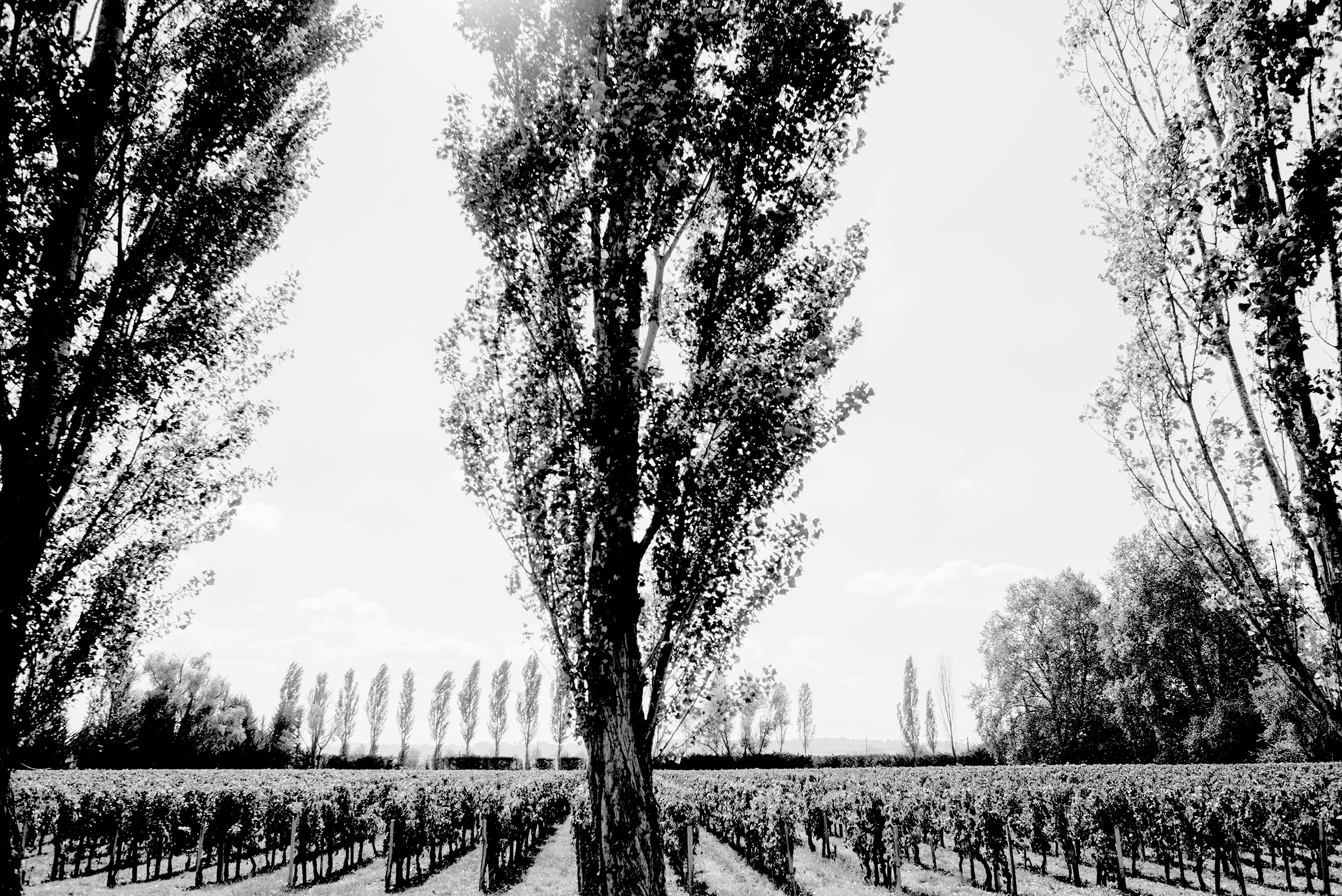
The Solar Vintage, Eclipsed
I spent a few weeks in Bordeaux this summer conducting comprehensive tastings of Bordeaux 2015, 2016, and 2017 vintages. This was mainly to populate our database with notes on these important recent vintages but also to check in on how the wines were looking after a few years in bottle. I've tasted all these wines from barrel and several times from bottle, so there weren't a lot of surprises, which isn't to say there were none. But the most fascinating aspect of this exercise was tracking the development of the wines and adjusting the drinking windows accordingly. More on this later, but first, a reminder of how the growing season played out.
The 2015 Bordeaux Growing Season
2015 was a warm, dry, "solar" vintage, eclipsed only by substantial rains in the northern part of the Médoc during the runup to harvest.
The growing season began benignly. March, April, and May were relatively dry, resulting in fast, efficient flowering and fruit-set. Conditions throughout most of June and July were hot and dry. Heat spikes and hydric stress slowed the vines' progression until veraison, resulting in the development of small, thick-skinned berries. By mid-July, the heat and drought conditions were taking their toll on some of the vines, causing them to become sluggish and slowing the development of phenolics and flavor ripeness.
Rains occurred in late July and early August, which helped push the parched and, in some cases, struggling vines through veraison and kick-start the most critical ripening period. More of this timely, beneficial summer rain fell in the Right Bank, Graves, and Pessac-Léognan than in the Médoc.
August remained warm, but September and October were relatively cool months, further slowing the ripening across the region. More rain fell in late August and even more in the first half of September, this time mainly affecting the northern Médoc, Saint-Estèphe, and the north part of Pauillac. However, September was generally marked by intermittent rain on both banks. The Right Bank and Graves/Pessac-Léognan experienced near-ideal harvest conditions, especially for the earlier-ripening Merlot. Margaux and Saint-Julien also produced quite a few outstanding wines, as did the southern part of Pauillac. But the later ripening Cabernets in the northern Médoc were hampered by cloudy/rainy conditions into the harvest homestretch. The extent to which these late-season rains affected grapes and ensuing wine quality depended on the soil structure (e.g., free-draining gravel vs. clay), grape variety, and the amount of rainfall received. The result was incidences of dilution in some wines from the impacted areas, compounding issues of unresolved/under-ripe tannins. Therefore, it is essential to remember that 2015 was a potentially outstanding to extraordinary vintage in most areas of Bordeaux EXCEPT the north part of the Médoc. Here, there are some disappointing wines, even from some of the very top names.
In Sauternes, the climate profile was closer to the Right Bank. Light rains in August and September led to a controlled, widespread, and even onset of botrytis, making this an excellent year for the stickies!
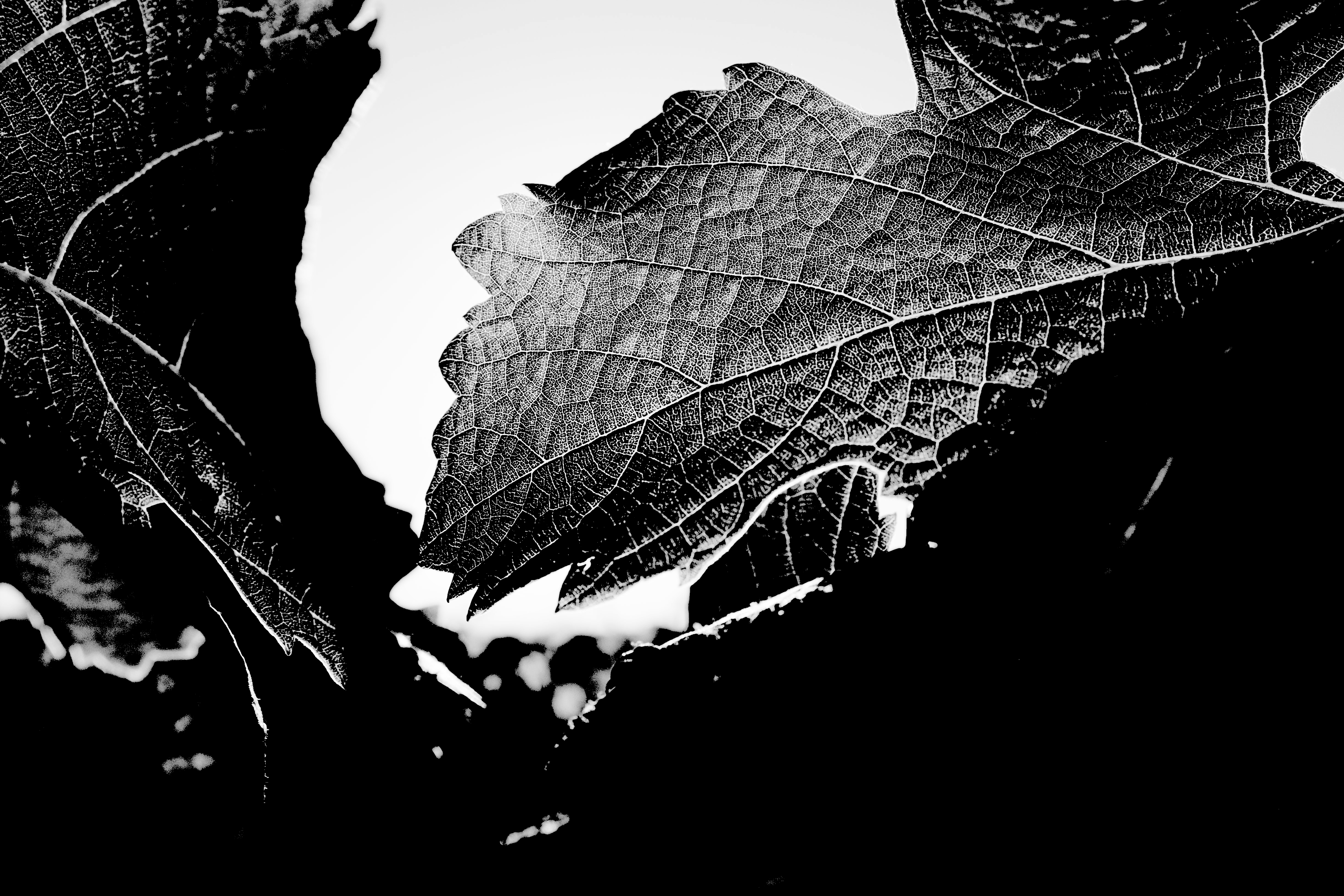
For most of Bordeaux, 2015 was an outstanding to extraordinary vintage.
The Quality and Styles of 2015
For most of Bordeaux, 2015 was an outstanding to extraordinary vintage, except for the northern part of the Médoc, where quality is inconsistent. The Merlot-based wines of the right bank and Pessac-Léognan tend to be rich, opulent, and full-bodied, mainly with alcohols at 14.5% or above. The Cabernet wines, particularly those from the Médoc, tend to be more moderate in terms of weight and alcohol, although the fruit signatures still show the spicy, opulent signatures of a warmer, more "solar" vintage.
Growing conditions in Saint-Émilion, Pomerol, Fronsac, and Pessac-Léognan were near ideal for achieving grapes of full phenolic maturity, great poise, and profound signatures. The only rare exceptions come from younger vines on the freer draining soil types in these areas, where water availability became an issue, particularly in the very dry, hot months of June and July. In wines produced from vines under these conditions, tannins can be slightly chewy, and in some cases, the fruit is a little raisiny with less delineation, fewer layers, and a narrower band of fruit characters.
There is commendable consistency of quality within the commune of Saint-Julien, and this is mainly a straightforward case of location. There was less rain and incumbent cloudy conditions here as harvest approached than in areas to the north. Yet, considering the precipitation figures, Margaux should have been more consistent in quality than the wines reveal upon tasting. Not to be misunderstood—the best Margaux wines are genuinely extraordinary, mainly thanks to their super ripe, silt-like tannins. However, Margaux is a sprawling commune with more site variation than Saint-Julien, equating to somewhat patchier quality. Less successful wines failed to reach full phenolic ripeness and can be a little chewy.
Pauillac has produced many superb wines, especially from those vineyards closer to Saint-Julien. But in the northernmost reaches of the commune, quality is less consistent. One very pleasant surprise is the elegant, pretty, medium-bodied, perfumed, and yet strikingly intense 2015 signature among the best wines from Pauillac, even from châteaux that are normally better known for their power and muscle.
Areas of northern Pauillac, Saint-Estèphe, and further up are where things start getting a lot patchier, with notable astringency and some dilution affecting many of the wines. The impact on quality largely depends on the amount of precipitation received, terroir specifics, and the level of selection.
As for the signatures of the 2015s, there is an even broader range of styles this year than is typical of a Bordeaux vintage, ranging from elegant, perfumed, and refreshing all the way up to big, concentrated, and full-bodied. There are some higher alcohols and full-on fuller bodies on the Right Bank, in the ranges of 14.5% to 15.5% ABV or even higher. Yet alcohols in the wines from the Médoc communes, Pessac-Léognan, and Graves are mainly in the moderate levels (13-14%). Generally speaking, acid levels are lower than usual in 2015 but, in most cases, not to the detriment of the wines.
As for the signatures of the 2015s, there is an even broader range of styles this year than is typical of a Bordeaux vintage.
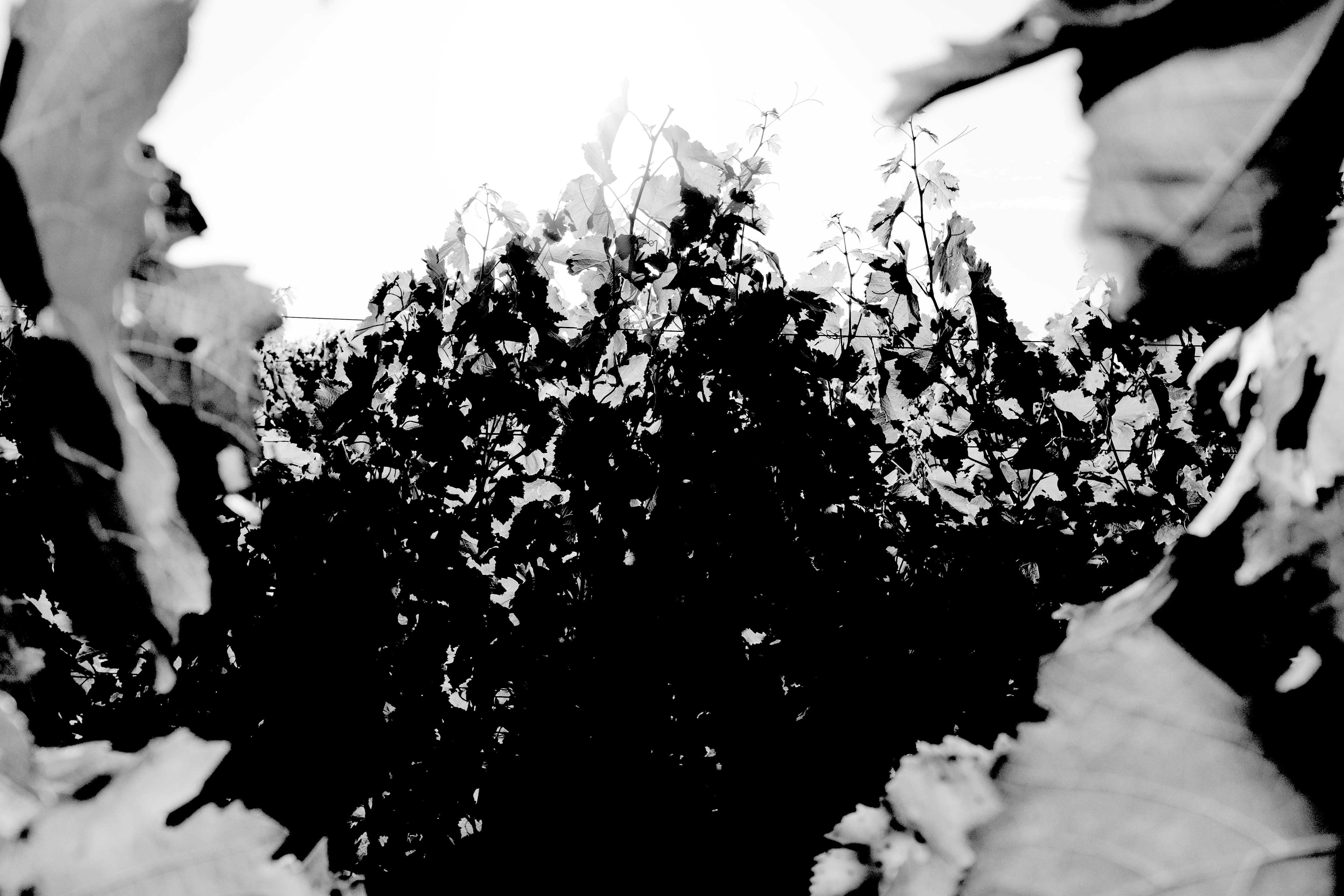
The good news is that while a lot of the 2015s are open and gregarious now, they also appear to be aging reasonably slowly.
Drinking Windows: Where are the 2015s now?
Many of the 2015s are starting to enter their drinking levels now. This might be surprising, considering they have only been in bottle for a little over five years. But even the finest examples of this vintage were expressive and downright flamboyant from the get-go. Unusually, most haven't shutdown. They appear to be much like the 2009s in this respect. Similarly, they may never go through a muted phase.
The good news is that while a lot of the 2015s are open and gregarious now, they also appear to be aging reasonably slowly. The top wines from the right bank, Pessac-Léognan, and southern Médoc haven't budged much since they were first bottled and have long-term cellaring potential. Their fruit profiles are still bright, the tannins are still firm and grainy, and there isn't much tertiary development at this stage. However, the lesser, dilution-impacted wines from the northern Médoc are developing more quickly, as seen from the drinking windows I've given them. Comparing the development potential of the best 2015s with the vintages on either side, the 2014s seem to be developing more quickly than the 2015s, while many 2016s have closed-down and should be the longest-lived of this trio. More information about the 2016s will be published in two weeks with a similar retrospective of that vintage. Until then, happy 2015 Bordeaux hunting!
-
Article & Reviews by Lisa Perrotti-Brown MW
Photos by Johan Berglund

PRODUCERS IN THIS ARTICLE
> Show all wines sorted by scoreMore articles

Pilcrow’s New Releases
18th Apr 2024
7 tasting notes
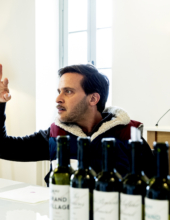
Bordeaux 2023 Primeurs Photo Essay
18th Apr 2024
0 tasting notes
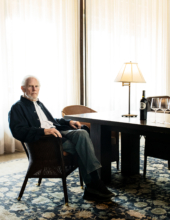
Harlan Estate, BOND, Promontory 2021 and 2011
11th Apr 2024
14 tasting notes
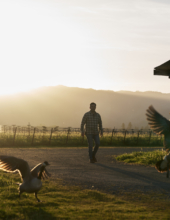
Favia 2012-2021
04th Apr 2024
17 tasting notes
Show all articles